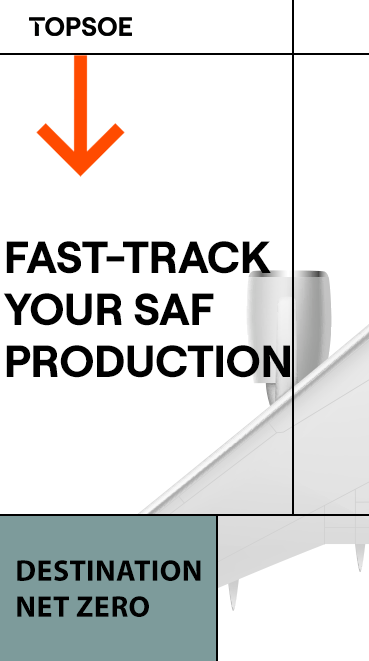New Leaf Biofuel completes major biodiesel plant expansion in San Diego
- Ron Kotrba
- Feb 17, 2021
- 3 min read
Updated: Sep 9, 2021

Four years after San Diego biodiesel producer New Leaf Biofuel conceived a project to more than double its productive capacity, the expansion is now complete. The plant, which processes used cooking oil (UCO) into biodiesel, has finished a major two-phase growth spurt taking its annual production capacity from 5 million to 12 million gallons.
“The entire system was redesigned and upgraded,” Jennifer Case, CEO, told Biobased Diesel Daily.

Lucas Altic, vice president of operations, said the engineering work and process technology development were done inhouse by New Leaf Biofuel. The general contractor was MMI Construction.
“From a build standpoint, it’s exciting and relieving to be done with it,” Altic told Biobased Diesel Daily. “It took us a long time to get here. At the same time, however, a whole new type of work is just beginning.”
That, of course, is the startup and commissioning phase to dial in the new systems and get operators comfortable with what is essentially a completely redesigned plant.
“We have brand new software, so we are writing new [standard operating procedures] and training everyone,” Case said. “It will take a while to get to full capacity for a variety of reasons.”

New Leaf Biofuel’s parent company is Baker Commodities, which helps the biodiesel plant source feedstock. This is particularly beneficial since COVID struck, and the restaurants from which New Leaf Biofuel collects UCO have been either shut down entirely or operating at much lower customer throughput, making its own grease collection efforts to supply enough feedstock for the plant more challenging.
Case said even though New Leaf Biofuel has more than doubled its capacity, the plant is still operating within a small footprint on the same property.
“We really need to nail down our logistics to get to 12 million gallons,” she said.
While New Leaf Biofuel’s operating footprint remains on the same relatively small piece of property, it has expanded its reach.
“We moved our feedstock processing across the street,” Case said. This is now referred to as New Leaf South. The biodiesel processing plant is now called New Leaf North.

Phase One of the project, the tank farm expansion, was completed in late 2018. The biodiesel processing upgrades and buildout, according to Case, have been underway for the past year.
This is not the first expansion and upgrade New Leaf Biofuel has undertaken.
“We’ve done three upgrades so far,” Case said. “Every time, it takes a while to get things dialed in, but commissioning is a term of art. It will take a while to get where we want to be, but I’m confident we’ll get through it and, by summer, we’ll be cranking out fuel.”
Case speculates that New Leaf Biofuel will produce at a 6 MMgy rate this year, increasing to possibly 10 MMgy or higher in 2022.
“Maybe we’ll hit 12 million next year,” she said with optimism. “We’ll aim as high as we can—as much as the system can do—while we get our other ducks in a row.”
In total, the project cost more than $8 million. The California Energy Commission granted New Leaf Biofuel nearly $3.8 million for the expansion.

California’s Low Carbon Fuel Standard has been a motivator for biodiesel and renewable diesel development in recent years—much of this growth has occurred outside the state with intentions to ship fuel there to reap lucrative carbon credits for low carbon-intensity fuel. In turn, biodiesel and renewable diesel have been instrumental in the policy’s success in reducing greenhouse gas emissions.
“I feel really good about it—the LCFS has been a been major driver for demand in the state, with the [federal] Renewable Fuel Standard also being very supportive,” Case said. The biofuels sector—biodiesel, renewable diesel and ethanol—has been largely responsible for the success of the LCFS and will continue to be, at least into the near future.”
She said California is entering a time when biodiesel and renewable diesel use will be ubiquitous.
“We will eventually start seeing all gallons at an R80/B20 blend,” she said, meaning every gallon of fuel burned in diesel engines will consist of 80 percent renewable diesel and 20 percent biodiesel. “We will aim to completely replace petroleum diesel in the state. It feels really good to be expanding this plant right now because the state needs it, especially ultra-low carbon biodiesel from used cooking oil—like ours.”
Although California is consuming a great deal of biodiesel and renewable diesel, Case says the state is not achieving all the economic benefits from producing the fuel that it consumes in-state.
“That’s why the CEC focuses on helping plants like ours—to produce more of this environmentally friendly fuel in-state in order to create more green energy jobs and generate more tax revenue,” she said. “It’s a good time to be in the biodiesel business here in California.”






















-RKstandin.jpg)
_gif.gif)




